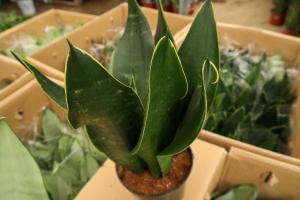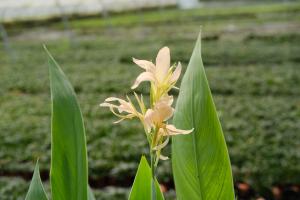Can You Plant a Fig Tree Near a House?
Fig trees are popular fruit-bearing trees that are easy to grow and maintain. They can be grown in different climates and soil types, making them a great addition to any garden or backyard. However, many homeowners are hesitant about planting fig trees near their houses. In this article, we’ll explore whether planting a fig tree near a house is a good idea or not.
The Benefits of Planting a Fig Tree Near a House
Fig trees offer a range of benefits that make them a great choice for planting near a house. Firstly, they are low maintenance and require very little attention aside from regular watering and pruning. Secondly, fig trees are a great source of shade, providing cool and comfortable outdoor spaces during hot summers. Additionally, fig trees are great for attracting wildlife like birds, bees and butterflies into your garden, enhancing your natural surroundings and promoting biodiversity.
The Drawbacks of Planting a Fig Tree Near a House
While fig trees offer a range of benefits, there are some drawbacks to consider when planting them close to a house. One of the main issues is their root system, which can be invasive and cause structural damage to buildings and sidewalks. Fig trees also attract insects and pests which can be a nuisance to homeowners, especially during fruiting season. Additionally, fallen leaves and fruit can create a mess that homeowners need to clean up regularly.
How to Plant a Fig Tree Near a House
If you decide to plant a fig tree near your house, there are a few things to consider to avoid potential problems. Firstly, choose an appropriate location where the tree will not interfere with any nearby structures or utilities. Consider planting the tree at least 10 feet away from any buildings or other structures to prevent roots from causing damage. Additionally, regularly prune the tree to keep it at a manageable size and remove any dead or damaged branches.
Tips for Maintaining a Fig Tree Near a House
Once you’ve planted your fig tree, it’s important to maintain it correctly to ensure it grows healthily and does not cause any damage to your house. Regularly water the tree, but be careful not to overwater it as this can cause root rot. Fertilize the tree twice a year to provide it with the nutrients it needs to thrive. Additionally, keep an eye out for pests and diseases and take appropriate action to prevent damage to the tree.
In Conclusion
Planting a fig tree near a house is certainly possible, but there are some important factors to consider before doing so. Be mindful of the tree’s root system and choose an appropriate location to prevent damage to nearby structures. With proper care and maintenance, a fig tree can provide a range of benefits and enhance the natural beauty of your backyard.

 how many times do yo...
how many times do yo... how many planted tre...
how many planted tre... how many pine trees ...
how many pine trees ... how many pecan trees...
how many pecan trees... how many plants comp...
how many plants comp... how many plants can ...
how many plants can ... how many plants and ...
how many plants and ... how many pepper plan...
how many pepper plan...






























